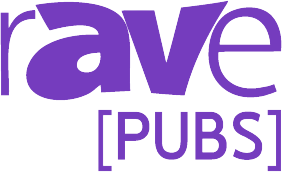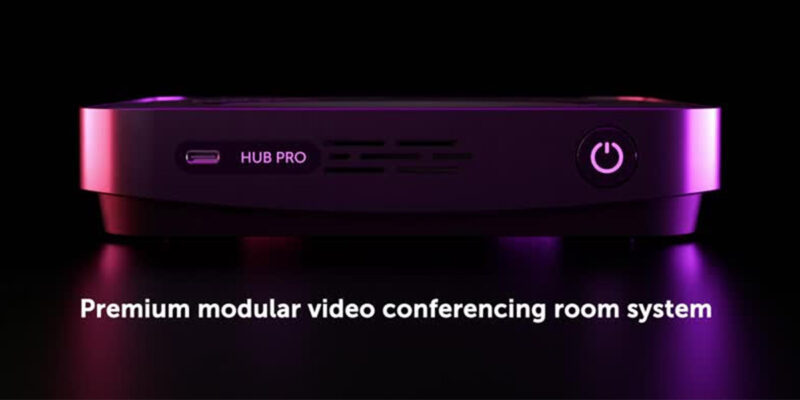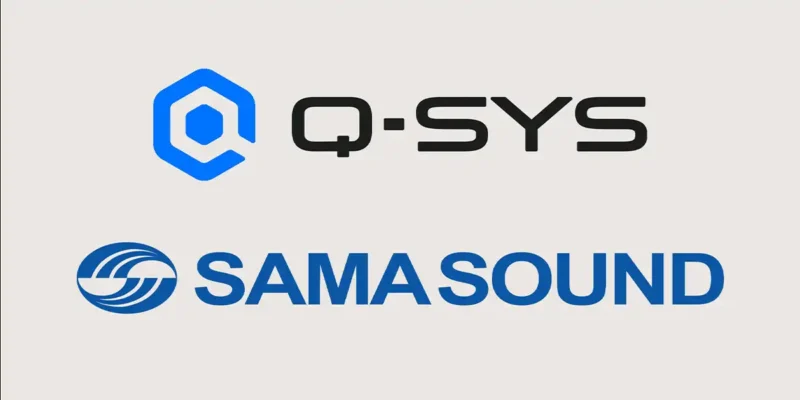An AV Rose by Any Other Name

In Shakespeare’s “Romeo and Juliet,” Juliet famously muses, “What’s in a name? That which we call a rose by any other name would smell as sweet.” Lovely sentiment. But Juliet never had to set up a conference room before a board meeting.
In the AV industry, names matter. In fact, they often become shorthand for trust, familiarity and — most importantly — functionality, even when the product evolves far beyond its original purpose. One of the best examples? Barco’s ClickShare.
Simplicity That Stuck
ClickShare began as a simple idea: Click the dongle and share your laptop screen to the room display. Easy. Magical. Deeply satisfying in an industry that has long struggled to make things intuitive. During my recent visit to Barco’s headquarters in Kortrijk, Belgium, I saw how far the product has come. Today’s ClickShare button does far more than screen sharing. It’s now a high-performance, bidirectional AV transport system capable of carrying low-latency video, synchronized audio and even camera and mic feeds — all with stunning lip-sync accuracy.
But do we call it “ClickStream” or “ClickCollaborate”? Nope. It’s still just ClickShare. Because that name has come to represent more than its original function — it now stands for simplicity, reliability and a legacy of AV excellence.
Names That Outlive the Hardware
The AV world is filled with these names-that-stuck, sometimes to the delight of marketers, sometimes to the confusion of newcomers.
Take Crestron’s “Touch Panel.” Originally, it meant a wall-mounted or tabletop interface to control your AV system — usually with a resistive screen and a million pop-up menus. Today, “touch panel” still lingers, even when the device is now an edge-to-edge glass tablet running an Android-based experience that could just as easily launch Spotify or Teams. Is an iPad a touch panel? Or is a touch panel just a tablet or iPad?
Look at ceiling tile microphones. That’s still the go-to term, even if the device isn’t mounted in the ceiling — sometimes it’s suspended below, tucked into a corner or nowhere near a tile grid. Cisco’s new one isn’t even square. Can a ceiling tile be round? The label stuck because early designs looked like ceiling tiles and were marketed that way. But today’s models are far more than discreet audio pickups — they’re packed with DSP, beamforming and smart integration tools that blur the line between hardware and software. Still, the industry keeps calling them “ceiling tile mics,” regardless of performance or resemblance to actual tiles.
When the Brand Outgrows the Box
Sometimes, a name becomes bigger than the product itself. Remember SMART Boards? Originally a clever blend of whiteboard and projected touch screen, SMART became synonymous with interactive education. Even as the hardware evolved into giant flat panels and cloud software, people still call them “SMART Boards” — even if there’s no SMART hardware in the room.
Similarly, Polycom’s SoundStation became so tightly associated with the term “conference phone” or “starfish phone” that even after merging with Plantronics into Poly, and then into HP, people still refer to any starfish-shaped tabletop device as “a Polycom.” (Except, of course, at HP, where they probably wouldn’t recognize beloved branding that doesn’t start with H and end with P if they tripped over it.)
Obsolete Names and Forgotten Icons
But for every brand name that stands the test of time, dozens vanish — even if they once defined a category.
Consider the Caramate — the tabletop slide projector teachers and marketers lugged from room to room in the 1970s and ’80s. It had fans. It had a hum. It had focus knobs and a tray full of Kodachrome dreams. (Those old enough can close their eyes and hear the tone that changes the slide.) But it’s gone, reduced to a trivia answer. So is the Carousel projector, whose circular slide tray inspired both awe and profanity when it jammed mid-presentation.
Or how about the term “LCD panel?” Once a miraculous way to show PC images using an overhead transparency projector, now it just sounds like an outdated way to refer to a flat-panel display. And when was the last time you said “plasma screen?” Come to think of it, when was the last time you even saw an overhead transparency projector?
We don’t ask for “a liquid crystal diode panel,” just like we don’t order “fermented cow lactose” at a coffee shop. Time erases some names — or absorbs them so deeply into the vernacular that they become generic, losing their brand magic altogether. (Ask Xerox or Kleenex how that feels.)
And that’s why AV brands cling to strong names. Not just for nostalgia, but because identity matters. The name tells the user what to expect. And when it’s a good name — one that survived early bugs, firmware updates and market shakeups — it becomes the anchor that makes new innovations feel familiar.
The Problem With Underrated Brands
But what about companies whose names haven’t become synonymous with anything yet? Sometimes, a firm is punching well above its weight — shipping innovative, future-forward products — but still wearing a name that doesn’t reflect the role it’s starting to play.
Take AudioCodes. Long known in telecom circles for SIP phones and voice infrastructure, it has quietly become a major player in modern collaboration spaces. The company was one of the first to work directly with Microsoft on developing the software framework that would eventually become MDEP — the new foundation for Android-based Teams devices. Its latest systems offer built-in meeting intelligence, with AI applied on a per-room or per-device basis, giving users access to smart features like meeting summaries without piling on expensive per-user monthly charges.
But when people hear “AudioCodes,” they still picture call flows and rackmount gear — not a company reshaping meeting intelligence and platform-native hardware. It’s the Clark Kent of collaboration — and if you’re going to fly, maybe it’s time to start dressing the part.
Then, of course, there’s QSC … or Q-SYS … or QSC. I still have no idea what to call them. And despite that confusion, they’re still one of the fastest-moving brands in AV.
The Name Carries the Weight
I guess that’s just part of the challenge now. Today’s AV products are often platforms, not gadgets. They blur the lines between hardware, software, cloud services and AI assistants. Yet we still want a name we can say confidently in a meeting: “Just ClickShare it.” “Fire it up on the Crestron.” When the tech gets more complex, we rely on the name to do the emotional heavy lifting.
So sure — a rose by any other name might smell as sweet. But in AV, call it the wrong thing, and people will hesitate to buy it, let alone use it.





